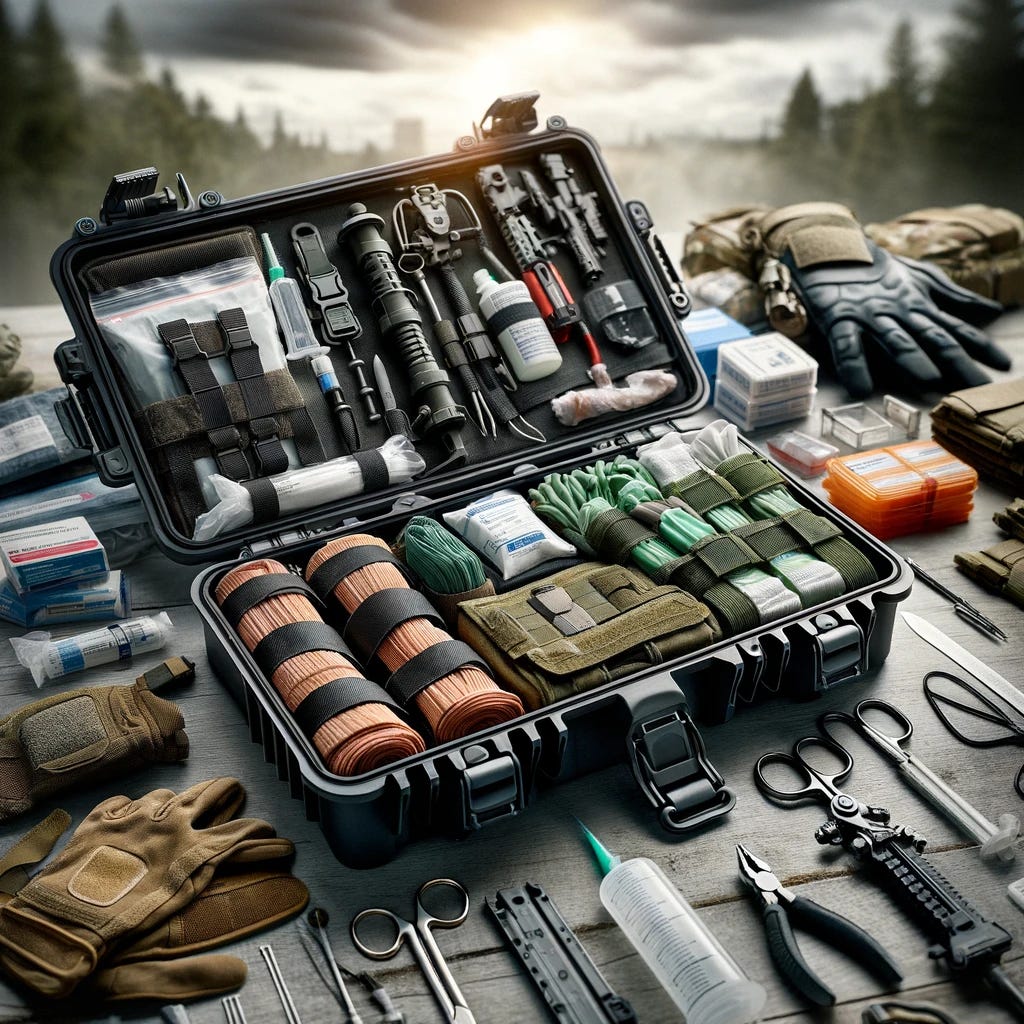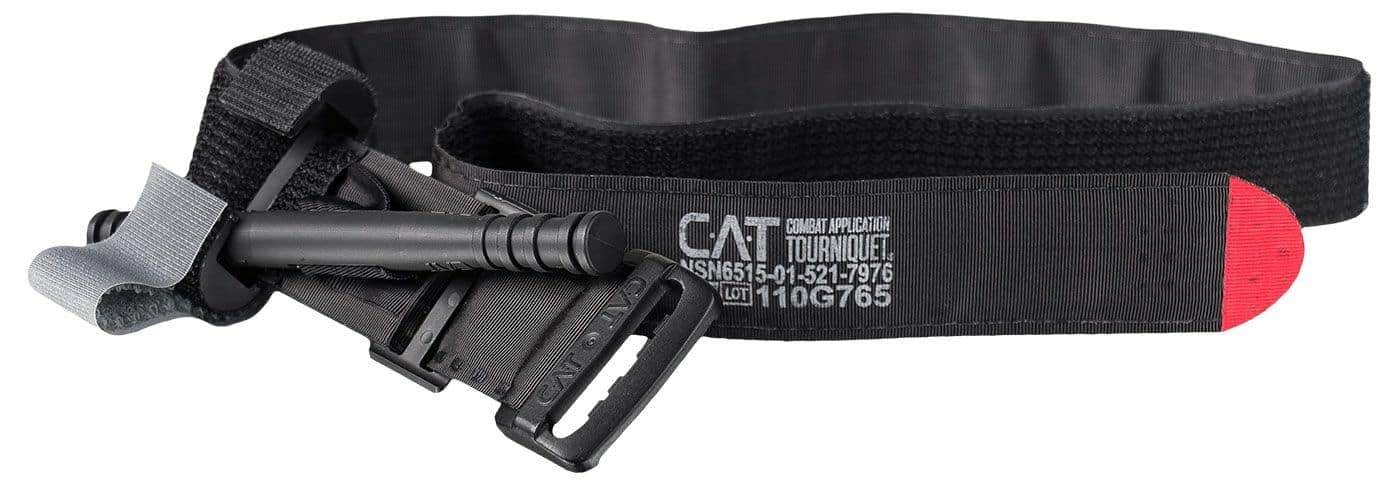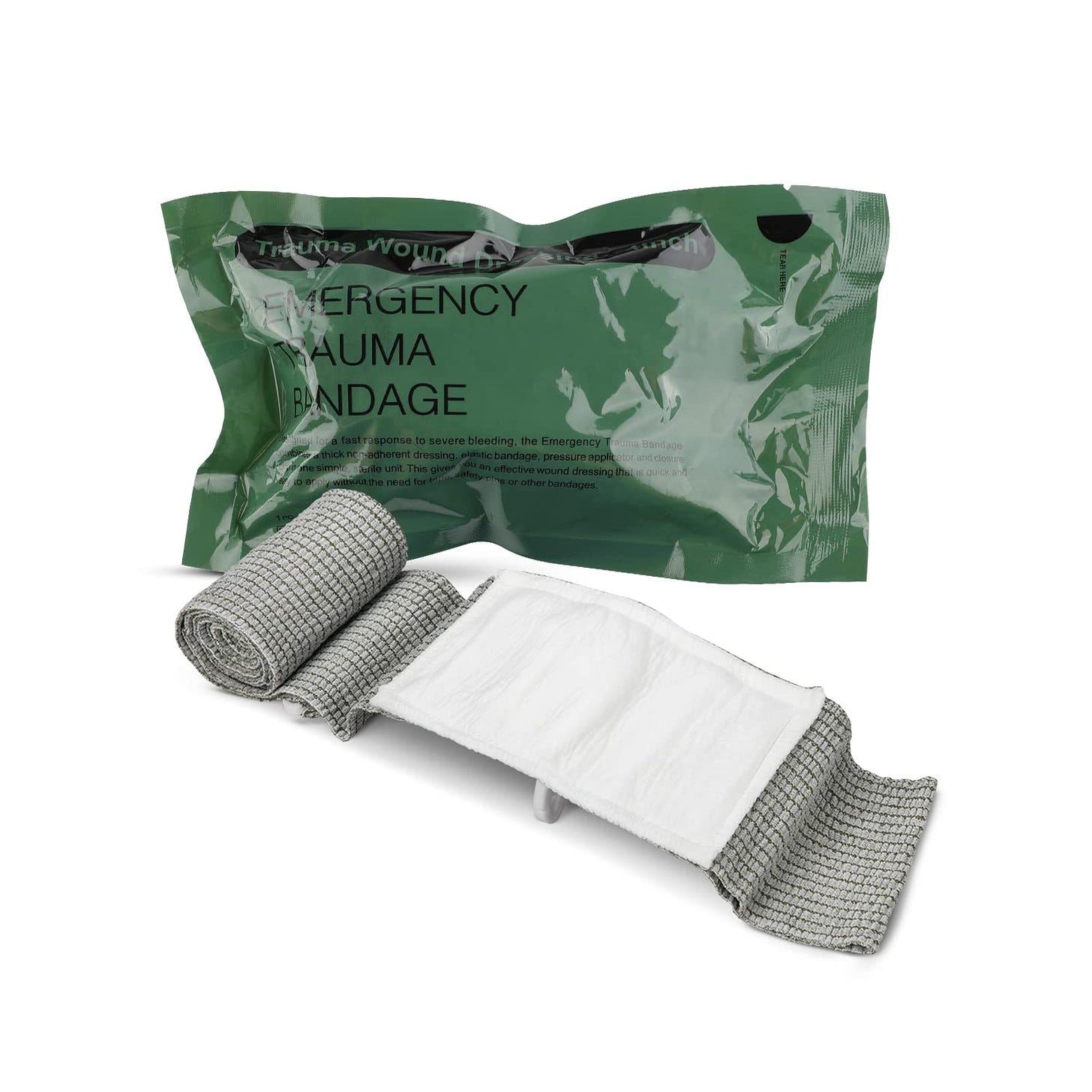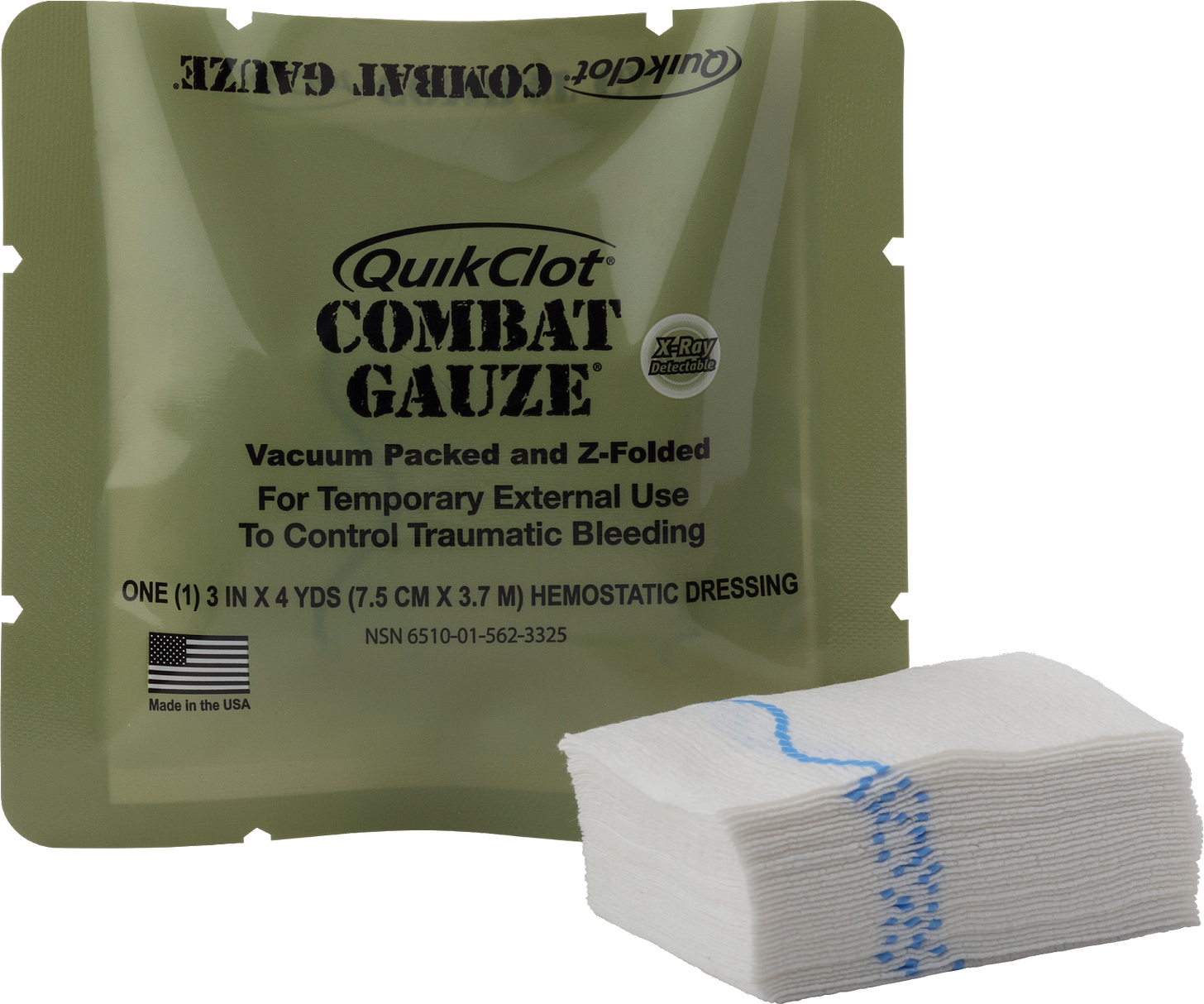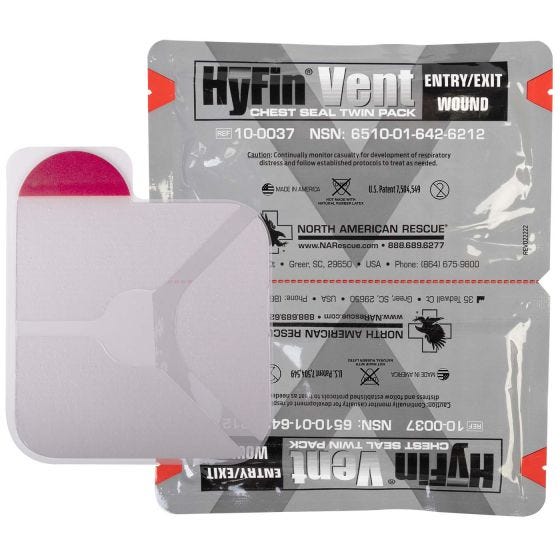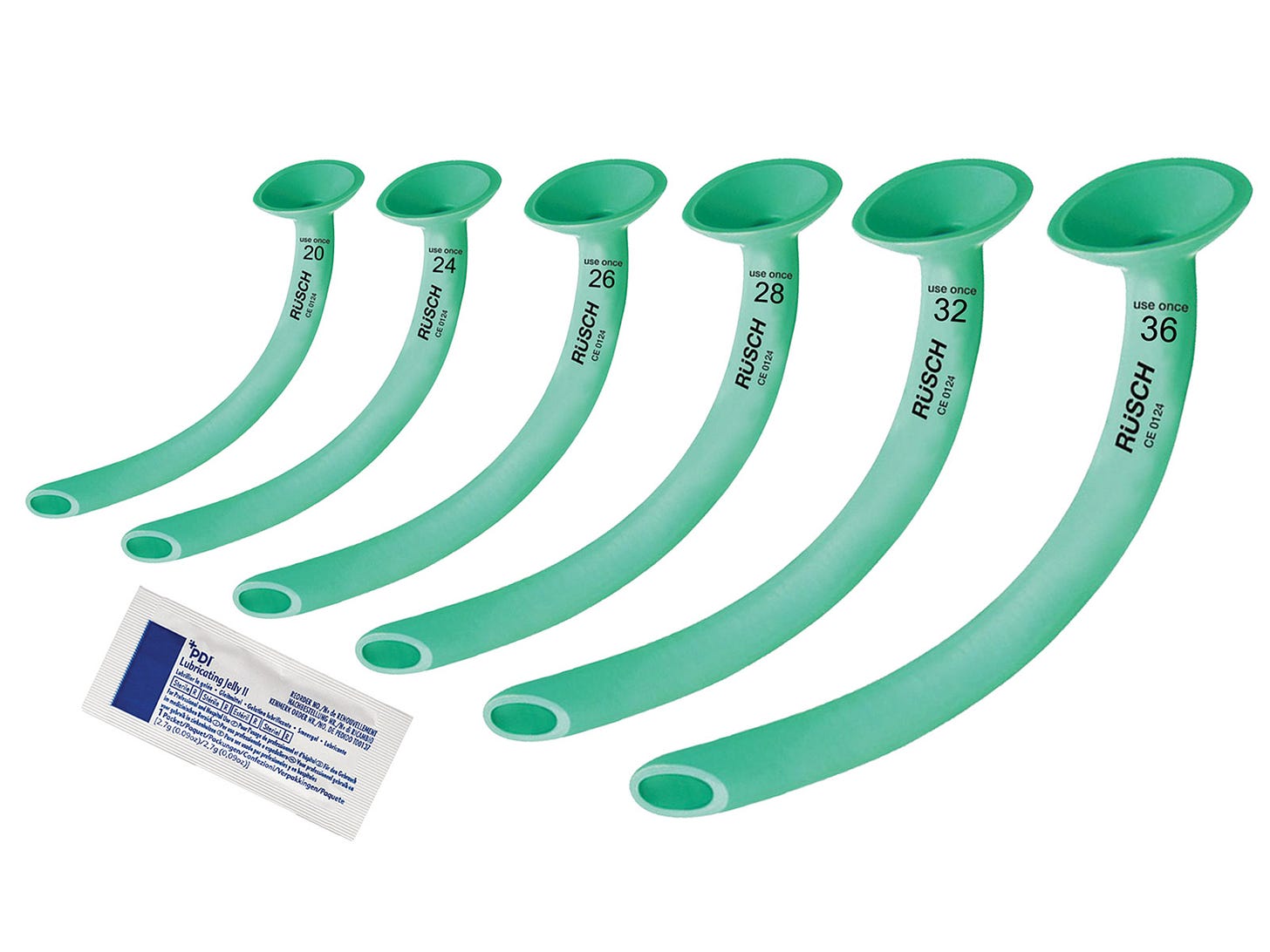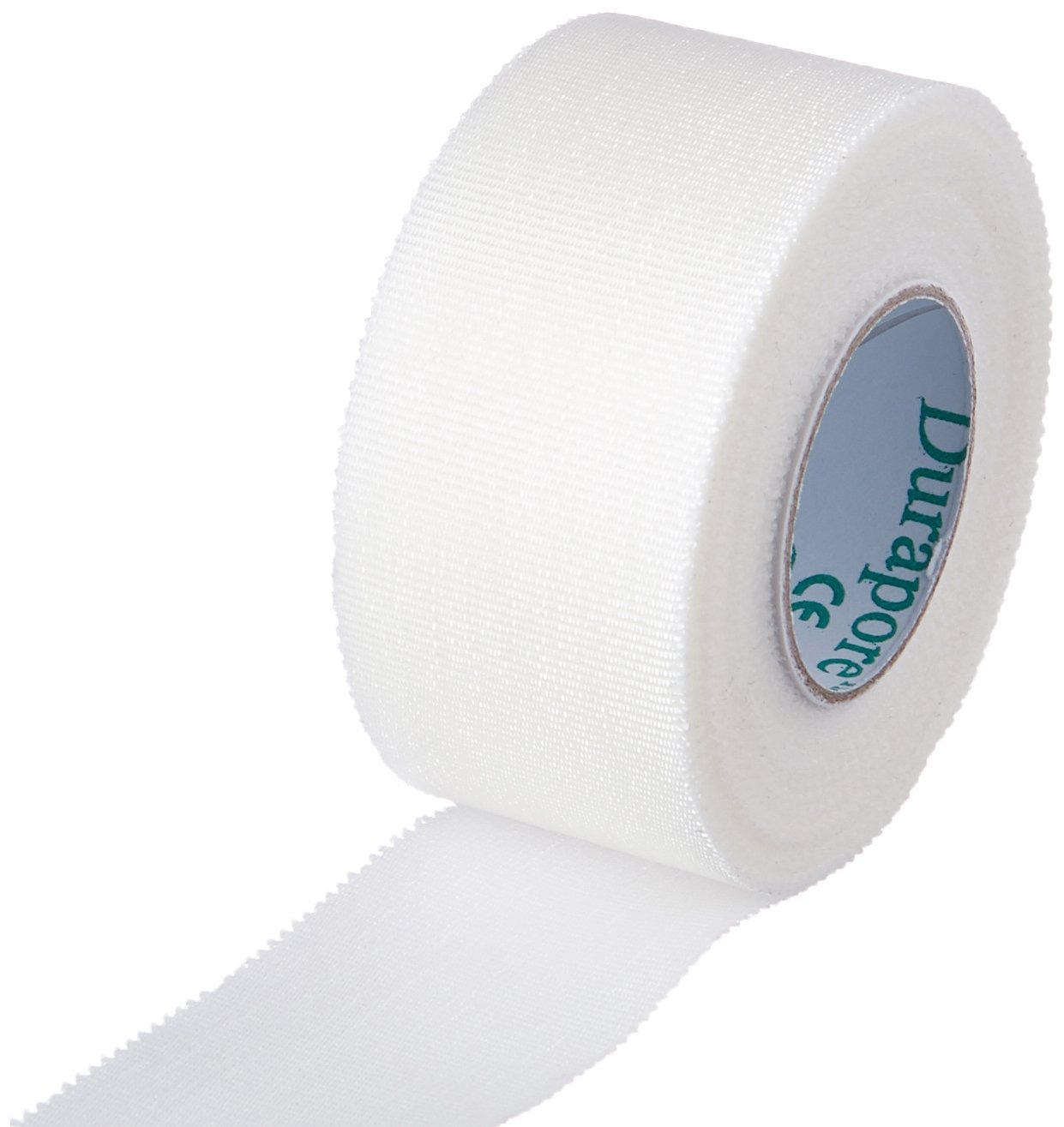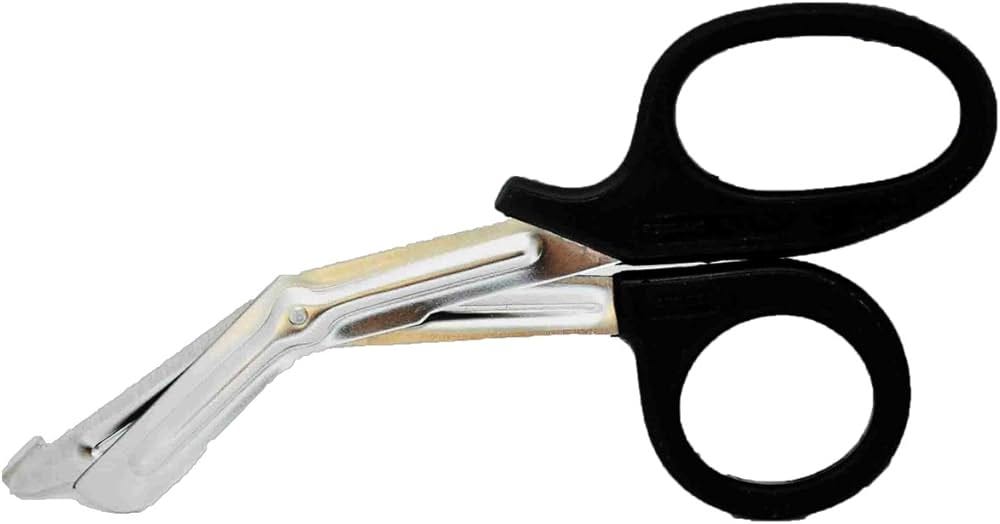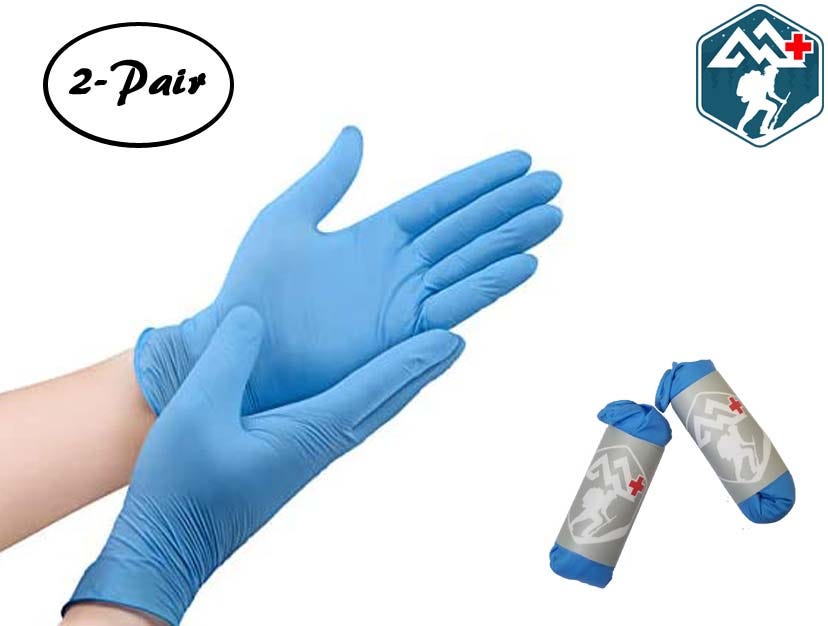Trauma First Aid (Part 1)
Assembling your trauma kit/IFAK
In this post we’ll be talking about trauma kits—an invaluable resource for preparedness in any emergency situation.
Whether you're a first responder, an outdoor enthusiast, or simply someone who believes in being ready for the unexpected, understanding how to curate the contents of your trauma kit is fundamental.. From the critical elements that should form the backbone of any kit, to specialized items for unique scenarios, we'll guide you through creating a trauma kit that is not only comprehensive but also customized to serve you best when seconds count.
Buying a trauma kit vs making your own
Before I get into it, lets talk about building you own trauma kit vs buying a pre-made one.
Members of the armed forces usually don’t have a say and are issued a prepacked IFAK (Individual First Aid Kit) to be used by the designated medic in case of injury.
For everyone else, I always recommend building your own trauma kit as opposed to buying a pre-made one.
There are several reason for this:
Quality control - by buying each component of your trauma kit, you can be sure they are quality and not fakes or cheap alternatives. We are talking about life saving equipment here, can you risk not having the absolute best?
Familiarity - assembling your own trauma kit forces you to become familiar with each product and allows you to pack it in a way that suits you. I’ve personally seen people owning pre-made trauma kits where the tourniquet was still in the original wrapper (and obviously not properly staged).
Sadly, most people opt for purchasing a pre-made trauma kit and believe their responsibility is fulfilled without ever bothering to open it.
Customization - the ability to tailor its contents to your specific needs and activities. This means you can include items that are most relevant to the types of injuries you're most likely to encounter, whether you're involved in outdoor activities, tactical operations, or work in a particular industrial setting.
Cost - putting together your own trauma kit will invariably be more cost-effective compared to purchasing a pre-made one. It's just basic economics—the seller of the pre-made kit needs to turn a profit.
The Core Building Blocks of a Trauma Kit
The composition of a trauma kit stands as the cornerstone of effective first aid response. Each item listed serves a critical role, aiming to address a wide range of life threatening injuries.
As we delve into the building blocks of a trauma kit, it's essential to recognize the diversity of tools and supplies that can be included, each selected with the purpose of saving lives and stabilizing emergencies until professional medical help is available.
Clicking on the embedded link will take you to the items I personally recommend and carry in my trauma kit.
Tourniquet: This item is listed as first on the list although I would rather place it in 0 place. I.e., a tourniquet is something that should be easily accessible and carried separately from you trauma kit. Although, i do suggest having and extra one on the trauma kit itself.
A high-quality tourniquet like the Combat Application Tourniquet (CAT) or the Special Operation Forces Tactical Tourniquet (SOFTT) is crucial for stopping life-threatening hemorrhages from extremity wounds. It work by constricting the blood flow to in injure appendage, effectively stopping the bleed.
Pressure dressing (aka. Israeli Dressing) - For bleeding wounds where a tourniquet isn’t applicable, it is essential for managing bleeding and providing initial wound care. It has a nice feature that it serves as both a pressure applicator and a primary dressing.
Hemostatic Agent: Commonly known as QuikClot, a hemostatic agent is used to accelerate blood clotting when applied to a wound. Mostly used on wounds where bleeding can’t be stoped by a tourniquet or pressure dressing.
It comes in granular form (which is poured onto a wound) or pre-applied to combat gauze, the second being my preferred option.
It has to be noted that QuikClot is not absorb able meaning it needs to be physically removed before the wound can close (read: it has to be cut out). This is the main reason a prefer it as a gauze.
Chest Seal: A chest seal is primarily used for gun shot wounds in the chest. A vented chest seal can prevent tension pneumothorax, a condition when air gets trapped in the area between the lungs and the chest wall, leading to increased pressure in the chest. This pressure buildup compresses the lung on the effected side severely impairing respiratory and circulatory function.
Nasopharyngeal Airway (NPA) (with Lube!): Ensuring an open airway is crucial in trauma care. An NPA is used to secure the airway of an unconscious casualty when a simple chin-lift maneuver is insufficient
Bandages and gauze - A variety of sterile bandages and gauze pads are necessary for dressing wounds, absorbing blood, and providing support to injured areas. Gauze can also be used to “pack wounds”, i.e. shove the gauze into the wound in order to reduce bleeding.
Medical tape - used to secure bandages, dressings and devices (IV lines …) in place.
Trauma Shears - Compact shears purpose built to cut through clothing or gear in order to gain access to a wound without causing further harm to the casualty.
Gloves - Nitril gloves to prevent the person administrating first aid from blood borne pathogens. They can also be used to identify non obvious or secondary wounds. When talking color, go blue (never black). Blood is visible on blue gloves, not so much on black. The importance of this will be discussed in the next post!
BONUS ITMES
Boo Boo stuff - Moleskin/blister prevention, ibuprofen, band aids... Stuff that don’t exactly fit under “trauma care” but are still useful to have on you, especially in your EDC trauma bag.
Some other context specific stuff worth considering:
Antiseptic wipes - For cleaning around wounds when water and soap are not available. Especially useful for hikers/people who work in dense forests. Those cuts and scrapes from branches can get easily get infected.
Burn Dressing: A specialized dressing for burn injuries can help in pain relief and preventing contamination. I’ve linked an entire burn kit, but you can get an individual dressing.
Splinting Materials: For stabilizing fractures or sprains in the field. If you’ve ever have to walk with a broken leg, you’ll really appreciate a splint (don’t ask me how I know)
Thermal Blanket: A compact, reflective blanket can prevent hypothermia in shock victims. They are light and take almost no space, I always carry one in my EDC. Also, I always carry 5 in my car trauma kit, one for every family member and passenger.
Eye Shield: Protection for treating eye injuries.
Sharpie Marker: For marking the time a tourniquet was applied directly on the device and patient.
Instructional Booklet: A compact guide on how to use the contents of the IFAK effectively. A laminated card outlying the steps of MARCH algorithm
Assembling Your Gear
While this list covers the essentials, the contents of an IFAK should be customized based on individual training, experience, and the specific risks associated with the intended activities or missions. For instance, someone with advanced medical training might include additional tools like a decompression needle for tension pneumothorax.
Regarding how to carry your trauma gear, you don’t need any expensive military pouches. The trauma kit in my car is literally an old backpack I've packed with trauma gear. Same for my trauma supplies at home.
For my everyday carry (EDC) I usually carry a 5.11 backpack with a small 5.11 IFAK (no 5.11 jokes please). This covers all of my EDC essentials.
The only other time I carry a dedicated IFAK puch is on my plate carrier. Even then, I carry an additional vacuum packed of collection of “stop the bleed” trauma supplies in my pants cargo pocket.
Conclusion
The IFAK is not a one-size-fits-all kit; it requires thoughtful consideration of what to include based on the scenarios one is likely to encounter.
The aim is to be prepared for the most common types of injuries that can be immediately life-threatening.
Regular review and updates to the kit, based on evolving needs and after each use, ensure that the IFAK remains a reliable resource in critical moments.
Equally important to the contents of an IFAK is the training in how to use them. Regularly scheduled training sessions, ideally under the guidance of medical professionals, ensure that individuals are prepared to use their IFAK effectively in an emergency.
Owning all of this life saving gear is useless if you don’t know how to use it.
That is why in my next post I’ll be revisiting the MARCH algorithm, a systematic approach used in trauma care, prioritizing the treatment of the most life-threatening injuries first.
DISCLAIMER: This article contains affiliate links. If you click on these links and make a purchase, it comes at no extra cost to you. However, it does support me and enables me to keep bringing you great content. You should have this first aid gear anyway, might as well use the link. I appreciate your support! None of this is medical advice. Do your own research and get training.

